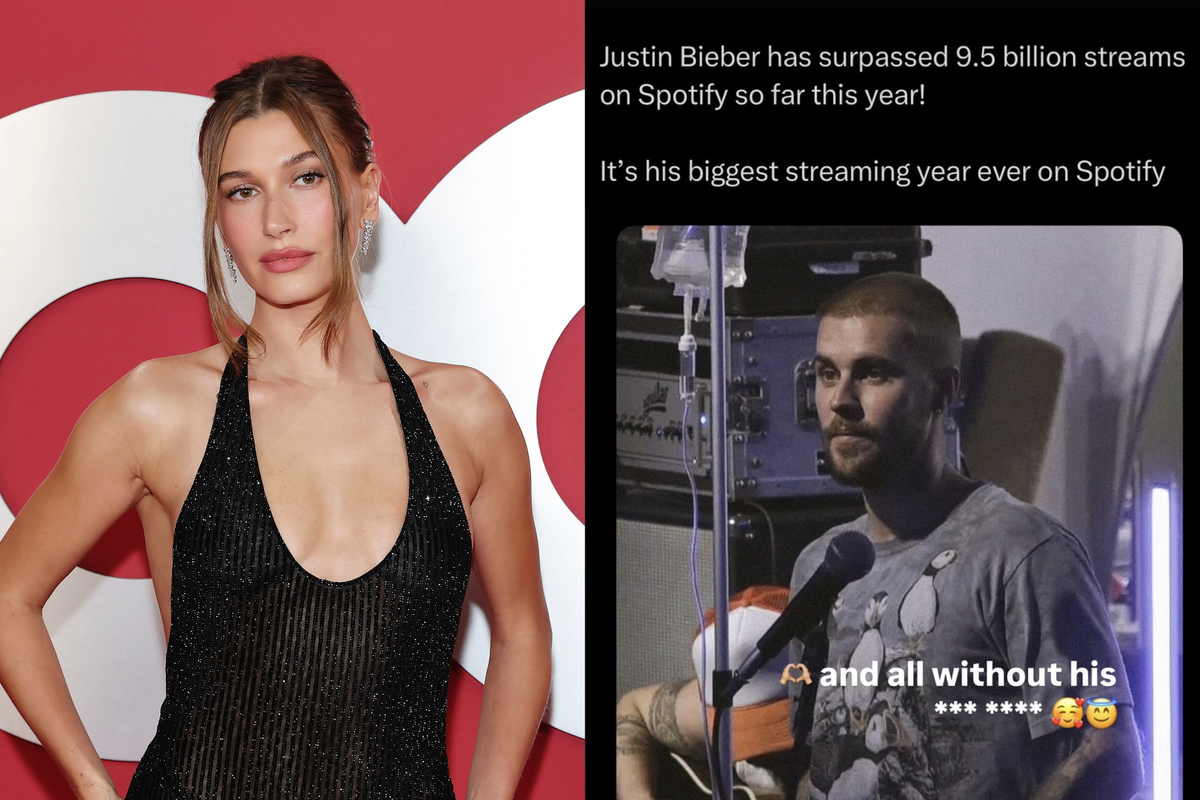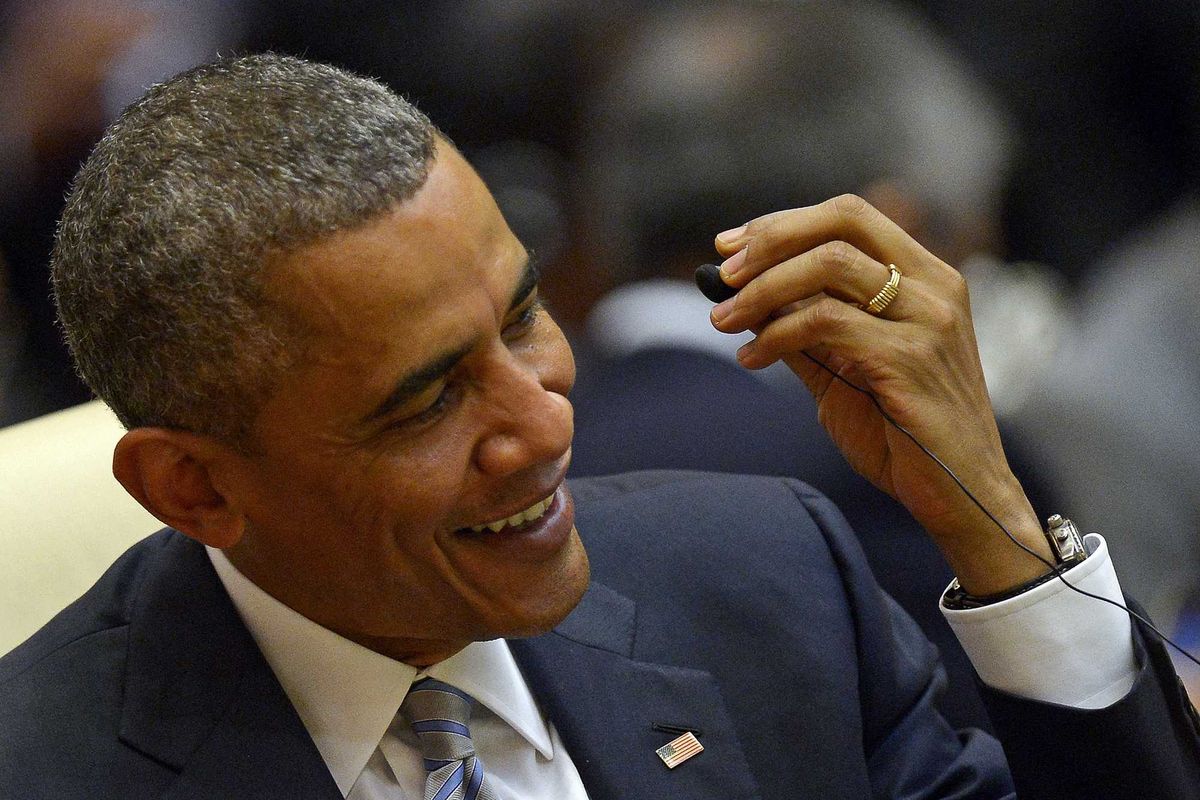News
Harriet Marsden
Apr 17, 2017

Picture:
Getty Images/iStockphoto
As the influence and reach of social media grows, there has been increasing concern about the potential effect on views: namely, a 'social media bubble'.
This became a significant issue during the 2016 US elections, when the political landscape was shown to be increasingly divided.
Generally, one's Facebook and Twitter networks will include mostly those with similar political views, due to following or being connected primarily with those of similar backgrounds and demographics.
And when it comes to suggested posts and articles, algorithms will often dictate that what you see will reinforce your currently-held views or bias, leading to increased political polarisation.
Many previous studies highlight this 'echo-chamber effect', arguing that “social media contribute to [...] more polarisation as the like-minded find one another and stoke one another’s prejudices and grievances, no matter what end of the political spectrum" (Gabler, 2016).
This has been linked to the virulent spread of fake and misleading news and information via social media, particularly with regards to politics.
However, a new report from the National Bureau of Economic Research has emerged which challenges this now widely-held view.
'Is the Internet Causing Political Polarisation? Evidence from demographics', is the brainchild of two economics professors: Jesse Shapiro of Brown and Stanford's Matthew Gentzkow.
The research combined nine previously-proposed measures of political polarisation among adults in the US and it analyses of American National Election Studies, produced by Stanford and the University of Michigan.
The results showed that the growth of polarisation and divide in recent years was largest in the age groups least likely to use social media, or even the internet: in particular, those older than 75.
Therefore, the report suggests that use of social media and the internet, while potentially responsible for polarisation among the young, are not the most significant factor in the most polarised age groups - the elder generations.
Shapiro and Gentzkow explained:
For every measure, except religious polarisation, we see that the oldest age group experiences larger changes in polarisation than the youngest age group.
In four of the nine measures, young adults actually experience declines in polarisation while the other age groups experience large increases.
These facts argue against the hypothesis that the internet is a primary driver of rising political polarisation.
So which medium is most to blame for polarising older age brackets?
Recent research highlights cable TV as an important factor.
According to a 2014 study entitled 'Bias in Cable News: Persuasion and Polarisation', cable shows such as the particularly extreme Fox News (the channel with the oldest audience) is having the most significant effect politically.
According to VICE News, Matthew Gentzkow had previously called cable television "a big part of this story".
We're talking so much about what's happening with social media and the internet that people forget that TV remains the main way that people get news about politics in this country.
It's the one that the majority of people say is the most important source, and that's particularly true for older Americans.
This is particularly significant in the case of the current US, where President Donald Trump uses the polemical Fox News as one of his primary news sources.
Therefore, when Trump repeats certain assertions from late night Fox cable browsing, such as the now infamous and non-existent 'Swedish terrorist attack', the influence of cable TV on the average American is significantly higher.
HT: VICE News
More: 11 things you should never share on social media
More: Facebook has a fake news problem. These students solved it in 36 hours
Top 100
The Conversation (0)












